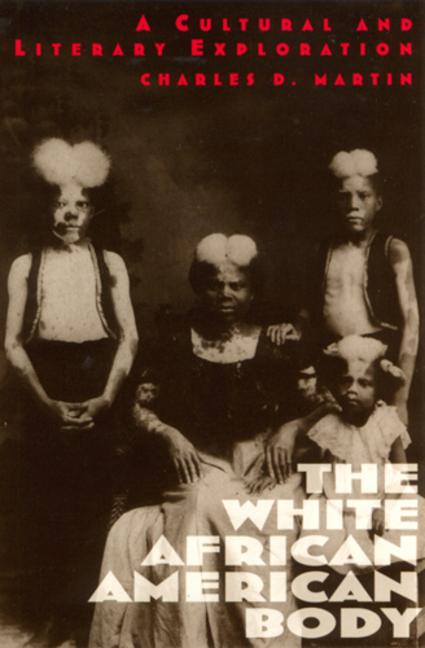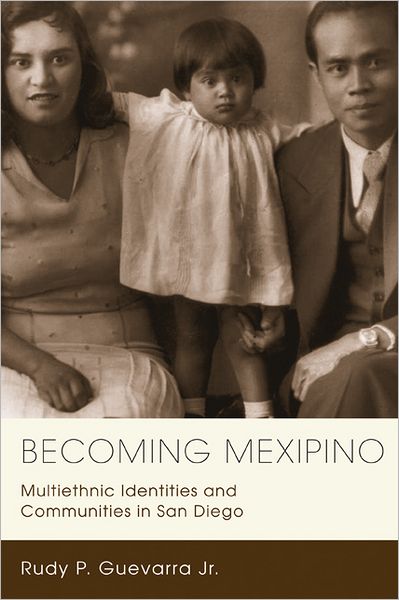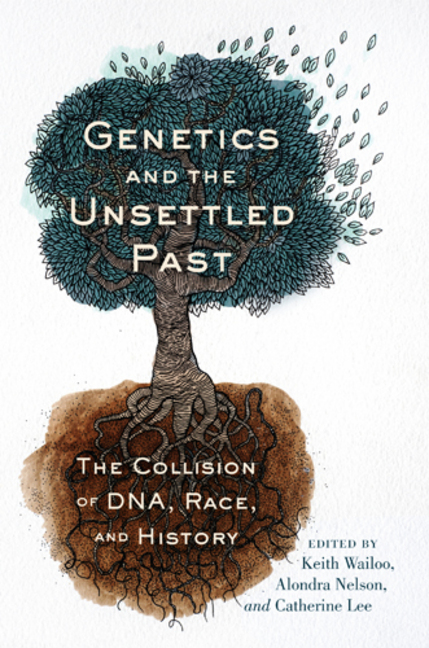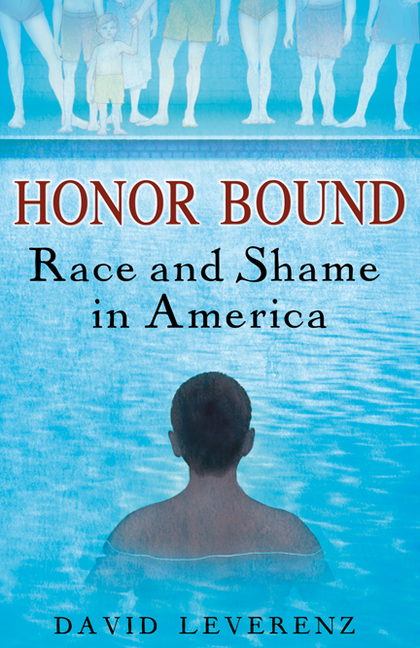Navigating Interracial Borders: Black-White Couples and Their Social Worlds
Rutgers University Press
2005-05-18
264 pages
Paper ISBN: 978-0-8135-3586-9
Cloth ISBN: 978-0-8135-3585-2
eBook ISBN: 978-0-8135-3757-3
Erica Chito Childs, Associate Professor of Sociology
Hunter College, City University of New York
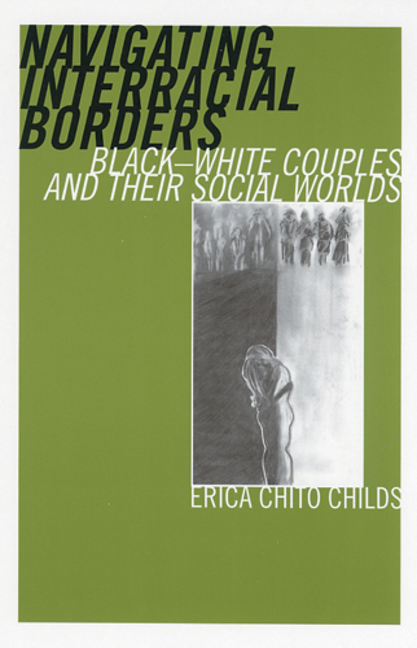
Is love color-blind, or at least becoming increasingly so? Today’s popular rhetoric and evidence of more interracial couples than ever might suggest that it is. But is it the idea of racially mixed relationships that we are growing to accept or is it the reality? What is the actual experience of individuals in these partnerships as they navigate their way through public spheres and intermingle in small, close-knit communities?
In Navigating Interracial Borders, Erica Chito Childs explores the social worlds of black-white interracial couples and examines the ways that collective attitudes shape private relationships. Drawing on personal accounts, in-depth interviews, focus group responses, and cultural analysis of media sources, she provides compelling evidence that sizable opposition still exists toward black-white unions. Disapproval is merely being expressed in more subtle, color-blind terms.
Childs reveals that frequently the same individuals who attest in surveys that they approve of interracial dating will also list various reasons why they and their families wouldn’t, shouldn’t, and couldn’t marry someone of another race. Even college students, who are heralded as racially tolerant and open-minded, do not view interracial couples as acceptable when those partnerships move beyond the point of casual dating. Popular films, Internet images, and pornography also continue to reinforce the idea that sexual relations between blacks and whites are deviant.
Well-researched, candidly written, and enriched with personal narratives, Navigating Interracial Borders offers important new insights into the still fraught racial hierarchies of contemporary society in the United States.
Table of Contents
Acknowledgments
Introduction: The Interracial Canary
1. Loving across the Border: Through the Lens of Black-White Couples
2. Constructing Racial Boundaries and White Communities
3. Crossing Racial Boundaries and Black Communities
4. Families and the Color Line: Multiracial Problems for Black and White Families
5. Racialized Spaces: College Life in Black and White
6. Black_White.com: Surfing the Interracial Internet
7. Listening to the Interracial Canary
Appendix: Couples Interviewed
Notes
Bibliography
Index


